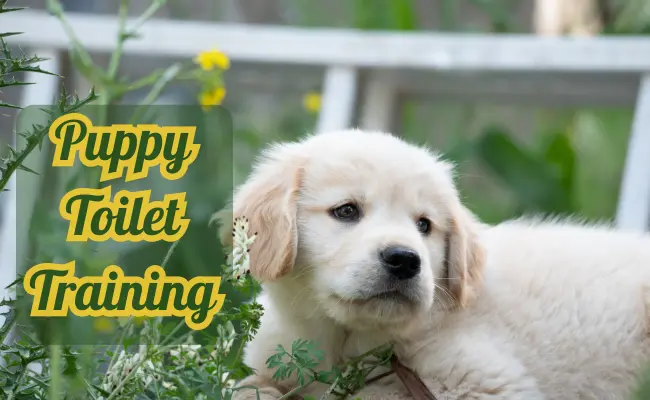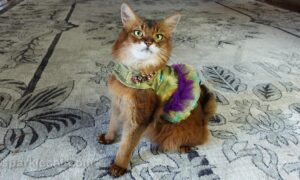Toilet training is one of the first big lessons for any puppy. It takes patience, consistency, and the right approach — never punishment. Puppies are still learning, and mistakes will happen. If handled harshly, they may only learn to avoid eliminating in front of you, rather than understanding where they should go. Instead, focus on setting them up for success with routine, supervision, and positive reinforcement.
1. Create a Predictable Schedule
A consistent schedule is the bedrock of toilet training. Puppies have tiny bladders and cannot hold it for long. Offer opportunities every 20–30 minutes during the day, especially in the early stages. If your puppy doesn’t go within 10 minutes, bring them back inside calmly and try again 10 minutes later.
- Take your puppy out first thing in the morning, after every nap, after meals, after play, and last thing at night.
- Nighttime can be tricky — keep your puppy close by so you can hear if they stir. Most young puppies will need at least one toilet break overnight.
This routine helps your puppy anticipate when and where they’re expected to relieve themselves.
2. Recognizing Your Puppy’s Signals
Learning to read your puppy’s body language is vital. Common cues include sniffing the floor, circling, suddenly pausing play, whining, or heading towards the door. Respond promptly — pick them up or guide them straight to their designated toilet area. Immediate praise and a small treat after success reinforces the right behavior.
If an accident happens indoors, don’t scold. Simply clean with an enzymatic cleaner to remove the scent and prevent repeat accidents.
3. Choosing the Right Toilet Training Spot
Pick a consistent outdoor area for potty breaks. Puppies naturally prefer absorbent surfaces, but this preference may be shaped by what they used at the breeder or shelter. Some may gravitate toward grass, others to concrete or even bedding-like textures. By consistently guiding them to one outdoor spot, you’ll help them learn where it’s appropriate.
What About Puppy Pads?
Puppy pee pads can be useful in specific cases — like overnight or when you live in an apartment. But they do teach your puppy to eliminate indoors. If you use pads, try to phase them out gradually, moving them closer to the door and then outside. The long-term goal is for your puppy to understand outdoors is the bathroom.
4. Positive Reinforcement for Success
Whenever your puppy eliminates in the right place, reward immediately — within a few seconds. Use:
- Enthusiastic praise (“Good potty!”)
- A small, high-value treat (like tiny bits of chicken or cheese)
- A short play session or happy tone of voice
This helps your puppy build a clear association: going outside = good things happen.
5. Supervision and Management
Keep your puppy under close supervision to prevent accidents. A long indoor lead or baby gates can help you keep them nearby. Crates are also useful — dogs are less likely to soil their sleeping area if the crate is appropriately sized (just enough to stand, turn, and lie down).
When you can’t supervise, ensure your puppy has a safe, contained space and access to a toilet area. Consistency prevents confusion.
6. Troubleshooting and Regression
Accidents are normal. If your puppy regresses, go back to basics: increase toilet trips, supervise closely, and reward successes. Never punish — it only creates anxiety.
- Always clean accidents thoroughly with enzymatic cleaner.
- Keep the routine predictable.
- Stay patient; every puppy learns at their own pace.
If your puppy is still regularly having accidents at 6 months or older despite consistent training, consult your vet or a veterinary behaviorist. Sometimes underlying medical or behavioral conditions make toilet training more difficult.
7. Dietary Considerations
Good nutrition supports predictable potty habits. Feed a high-quality puppy food at the same times each day, avoid overfeeding, and monitor stool consistency. Firm, easy-to-pick-up stools indicate good digestion and make training easier.
Wrapping Up Toilet Training
Toilet training takes time, but with the right schedule, supervision, and lots of rewards, your puppy will learn. Remember:
- Offer plenty of opportunities (every 20–30 minutes in the day).
- Take them out after naps, meals, play, and first thing in the morning.
- Never punish accidents.
- Keep your puppy close at night so you can hear them stir.
- Be patient and consistent.
With kindness and structure, you’ll help your puppy build lifelong good habits and a trusting relationship with you.

















